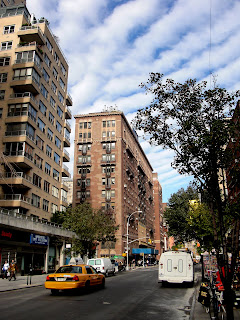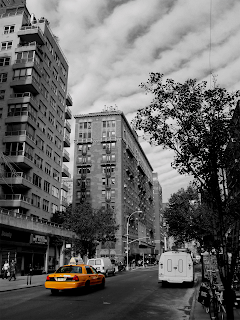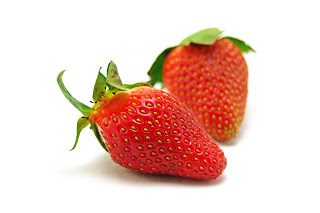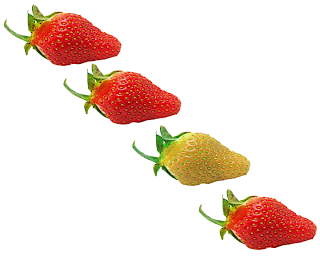
Our assignment was to create seven slides with the same ten shapes, but each slide was a different description. I created these slides in PowerPoint using the basic shapes of a doughnut. We were able to change the shape and color of the shapes as long as it related to the theme of the slide. The first slide I have shown is the Logic slide. First thing that comes to mind for me when Logic is brought up is "thoughts". To me, the image linked with thoughts, is the symbol "?" simply because logic always deals with questions. I am pleased with my work because the circles strongly represent a "?" which was my goal overall.

The second image that I have is the Anarchy slide. When I looked up Anarchy in the dictionary, one word kept popping up, disorder. Therefore, in my image of the doughnuts with Anarchy, I am representing disorder. All of the doughnuts are scattered and none of them are the same color. I am pleased with my work because I believe the visual successfully represents disorder using the same circle shapes.

The third image is my Escape slide. The image is to look as if there was a change of doughnut shapes holding the yellow doughnut back. The yellow doughnut breaks through the chain, escaping from them. I am pleased with my visual because the yellow circle really looks like it's breaking free from the blue chain.

The fourth image is my Intimidation slide. When intimidation comes to mind for me, I always pictures "big" and "scary" objects surrounding a smaller, scared object. Therefore, in my image, I have enlarged 9 of the 10 doughnuts and changed their color to black to be "intimidating". The one object in the lower right corner, is smaller and "scared", therefore backed into a corner. I am pleased with my work because the tiny circle seems intimidated by the bigger, black circles.

The next image is my isolation slide. Again, I grouped 9 doughnuts together and changed their color all to orange to seem as if the one left over doughnut was an outcast, isolated away from the group. I am pleased with my visual because using the colors really highlights the isolation of the blue circle in the bottom corner.

With my Celebration slide, I think of happiness. And what comes to mind when you think of happiness?? Smiles. Therefore, I arranged the doughnuts into a smiley face, adding the red color to be striking. I am pleased with my visual because when I see the smiley face, I think of celebration and happiness which was the example that needed to be shown.

Lastly, with my Unity image, all of the doughnuts are all one color, green, and all in one big circle. Being all one color and all in a circle, it creates unity among the images. The fact that all of the objects are together and doing the same thing, unity is apparent. I am pleased with my visual because the fact that all the circles are green and all put in a circle, I instantly think of unity.


















